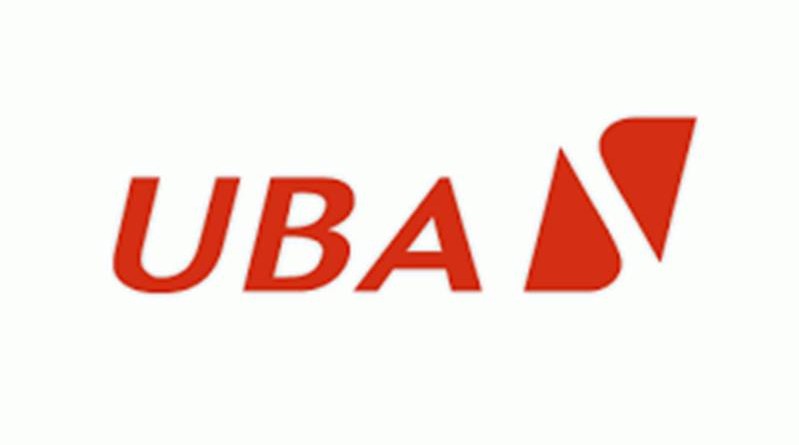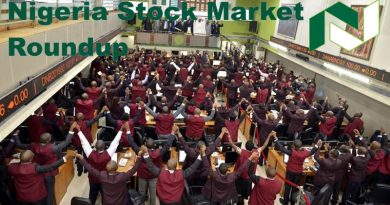United Bank for Africa Q2 22 Results – Funded income drives solid earnings growth
| United Bank for Africa (UBA) released its H1 22 audited results during trading hours on Thursday (8 September). The group reported Pre-tax profit growth of 12.6% y/y and Net profits growth of 17.2% y/y. Similarly, Pre-tax profit (+15.9% y/y) and Net profits (+29.5% y/y) rose in Q2 22 as a standalone. Accordingly, on the H1 22 EPS of N1.98, the board proposed an interim dividend of N0.20 (flat y/y), in line with our expectations. This implies a final dividend yield of 2.6% on the last closing price. On balance, earnings growth was driven by Net interest income, primarily on strong growth in interest on investment securities. However, the group’s earnings were slightly behind our and consensus forecasts for H1 22, by 4.5% and 2.3%, respectively, owing to the negative surprise on the Loan loss provisions line. The reaction to the results has been positive as the stock has risen 4.9% over the last two sessions. Y-t-d, the stock is down 6.2%. Stock Rating: BUY Price Target: N9.95 Price (09-Sep-2022): N7.55 Potential Upside / Downside: +31.8% Tickers: UBA NL / UBA.LG |
| Improved Interest on investment securities drive Net interest income Interest income grew by 15.6% y/y in H1 22 and was primarily driven by 24.2% y/y (Q2 22: +19.9% y/y) growth in Interest earned on investment securities. The rise came as the group grew its investment securities portfolio by 24.5% y/y. Interest expense rose by 7.2% y/y, driven by a 29.5% y/y (Q2 22: +4.8% y/y) increase in Interest paid on Customer deposits. The increase came as the group grew deposits by 10.0% y/y while the average interest rate paid on these deposits rose by 24bps y/y. Despite the rise in interest expense, Cost of Funds declined by a marginal 6bps y/y to 2.1% as the group benefitted from cheaper interbank funding. Consequently, Net Interest income grew by 19.9% y/y, while the Net Interest Margin (NIM) expanded by 39bps y/y to 4.3%, on our calculations. Lower-than-expected Trading revenues drag Non-interest incomeNon-interest revenues rose by a higher-than-expected 21.5% y/y in H1 22 as Fees and Commission income surged 30.9% y/y supported primarily by the growth in Credit-related fees and commissions. Notably, the N35.62bn earned from Fees and Commission income in Q2 22 is a record-high for a single quarter. Elsewhere, Operating expenses (Opex) grew 21.9%, primarily on personnel costs — in Q4 21, staff salaries were reviewed upwards, as part of broad measures to retain talent. As a result, operating efficIency deteriorated slightly as the group’s Cost-to-Income ratio rose by 93bps to 63.2%. However, following the larger growth in net revenue than costs, Pre-provision operating profits rose by 17.8% y/y. Further down the P&L, Loan Loss Provisions more than doubled, rising by 101.4% y/y (Cost of Risk rose by 29bps y/y in H1 22) despite weak loan growth. Nevertheless, UBA, historically, has had a very prudent risk management framework and we suspect the group increased provisioning to account for the increasingly challenging macro environment across its regions of operations Elsewhere, the Share of profit of an equity-accounted investee declined by 56.2%. Overall, the Group’s Pre-tax profit rose by 12.6% y/y in H1 22. Asset quality remains strongOverall, asset quality continued to show a positive trend, as the NPL (non-performing loan) ratio declined to 3.5% in H1 22 (FY 21: 3.7%) and was below the statutory limit of 5.0%. Elsewhere, the group’s total capital adequacy ratio closed at 25.1% (Bank: 19.8%), significantly higher than the minimum regulatory requirement of 15.0%. ConclusionThe group’s Pre-provision operating profits were in line with our expectations. However, Net profits were lower than our and the market’s forecasts following higher-than-expected Loan loss provisioning. Nonetheless, we are encouraged by the double digit earnings growth, NIM expansion and the RoE uplift. Looking ahead, the benefits of rising asset yields are likely to filter through to funded income and further support earnings in Q3. In addition, the stock has declined by 6.2% y-t-d, is trading at a deep discount to its peers and historical valuation, and has a 2022F dividend yield of 15.9%. This presents an attractive entry opportunity for investors. Accordingly, we maintain our BUY recommendation on the stock. Read Report . SOURCE: Coronation Asset Management. |




